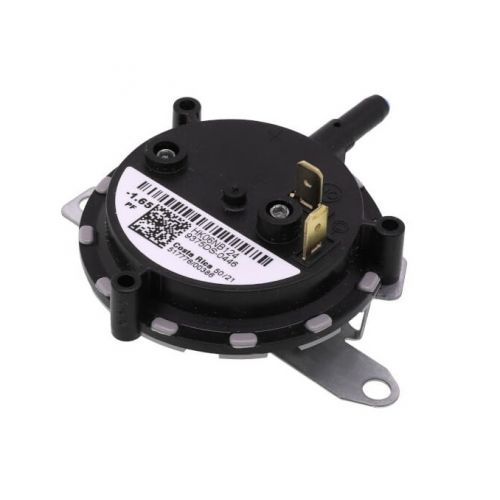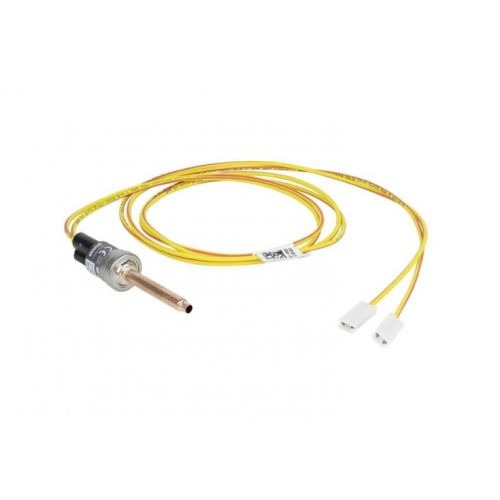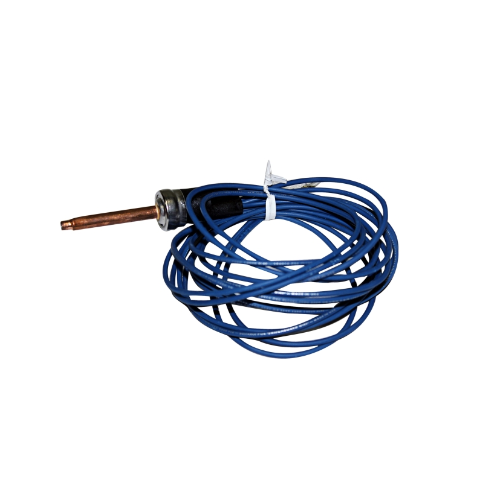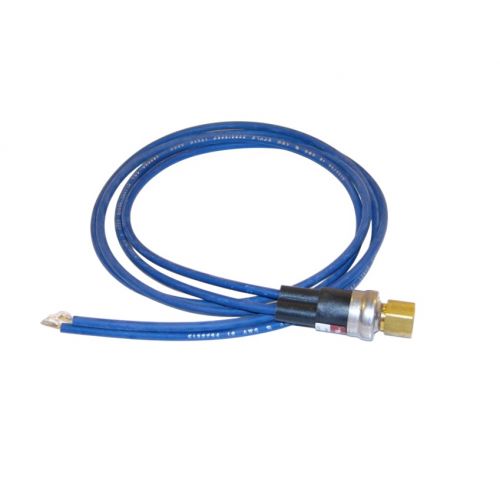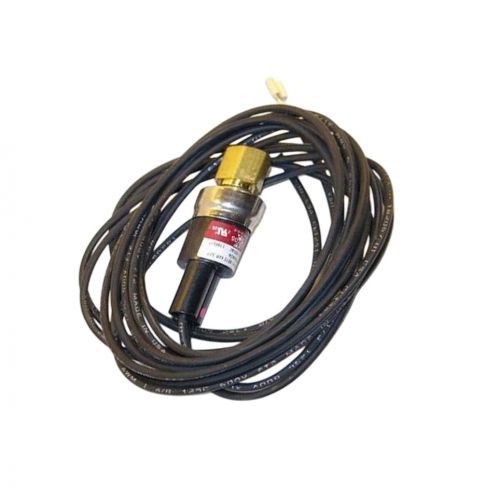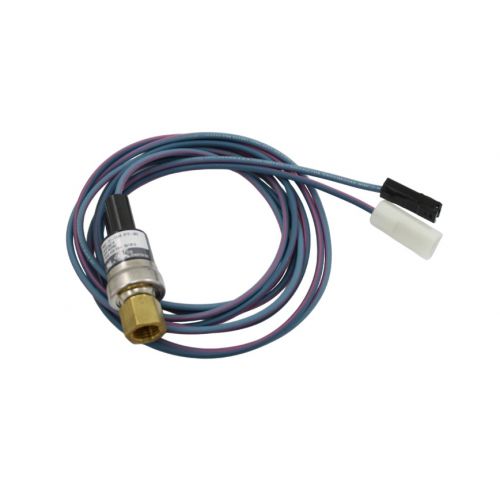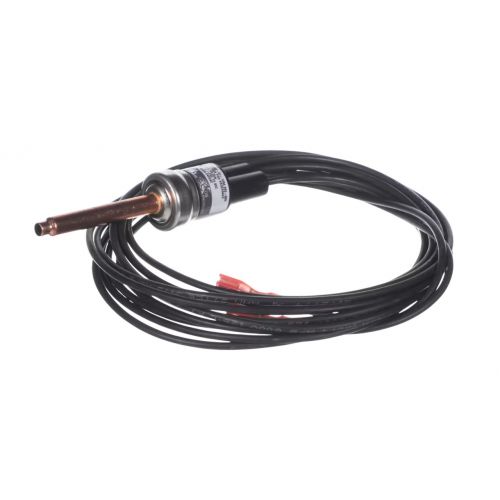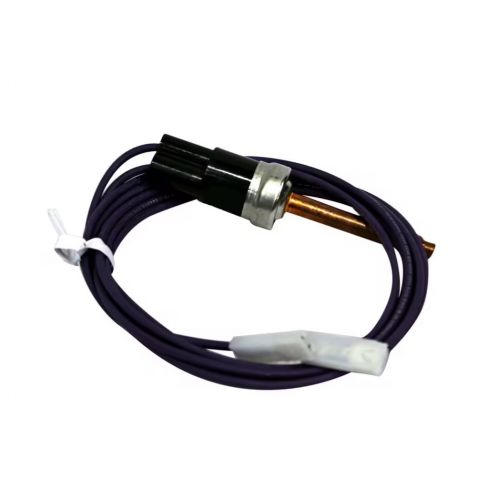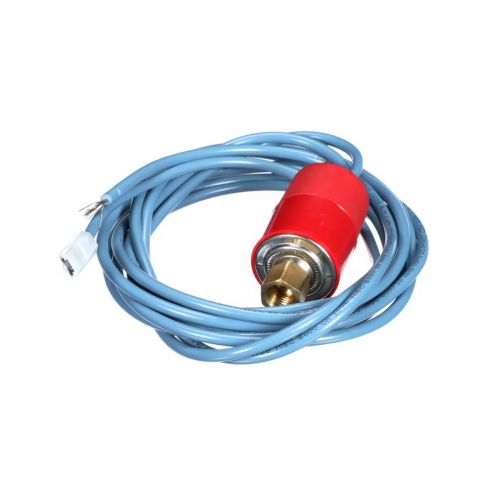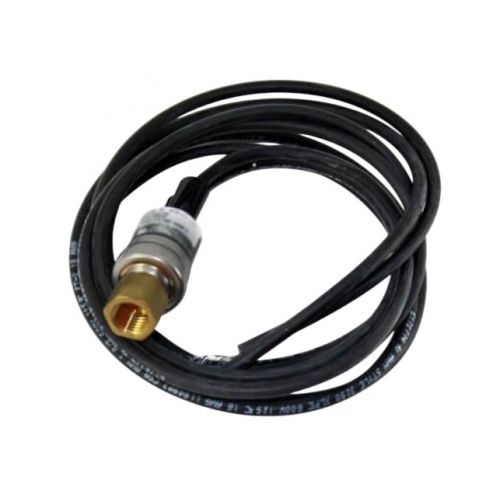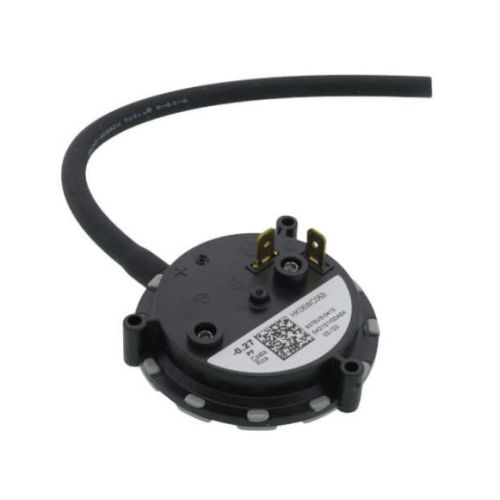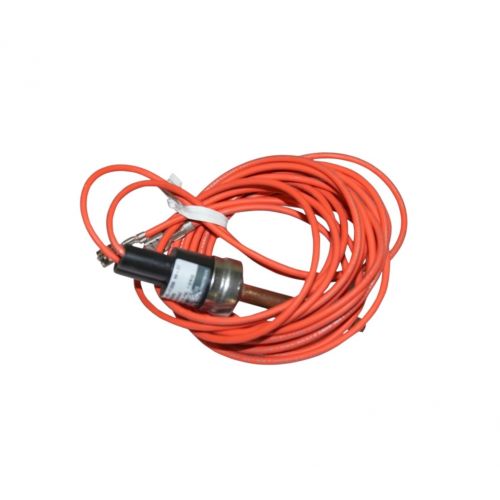
 -23%Carrier HK02SB029 Low Pressure Switch 44-27 PSISpecial Price $48.93 Regular Price $63.61Out of stock
-23%Carrier HK02SB029 Low Pressure Switch 44-27 PSISpecial Price $48.93 Regular Price $63.61Out of stock- -13%
- -13%Carrier HK02ZA376 Pressure Switch 386-280 PSISpecial Price $64.32 Regular Price $73.96Out of stock
- -13%Carrier HK06WC069 SPST Pressure Switch 0.27" WC Break 0.42" WC Max Make 1/4" BarbSpecial Price $69.30 Regular Price $79.69
Carrier Pressure Switches
The Carrier pressure switch is vital for HVAC systems, ensuring safety and efficiency by monitoring air pressure. A critical component for optimal performance. This device monitors air pressure within the furnace or air handler, safeguarding against potential hazards like overheating or gas leaks. It acts as a control mechanism, halting furnace operation if pressure levels deviate from the optimal range, preventing system damage, and enhancing longevity. The Carrier furnace pressure switch, specifically tailored for Carrier heating systems, integrates seamlessly to maintain peak performance. By detecting airflow discrepancies, it facilitates smooth furnace operation, optimizing energy usage, and ensuring indoor comfort. Engineered with precision and reliability, the carrier pressure switch is essential for maintaining a safe and efficient heating environment.
FAQs
Where is the pressure switch on a Carrier furnace?
The pressure switch on a carrier furnace is usually situated close to the inducer motor, identifiable as a small, round, or rectangular component with attached wires near the venting system.
What causes a Carrier's high-pressure switch to trip?
A carrier high-pressure switch can trip due to issues like restricted airflow, dirty air filters, refrigerant leaks, or a malfunctioning condenser fan. These problems can cause excessive pressure in the HVAC system.


